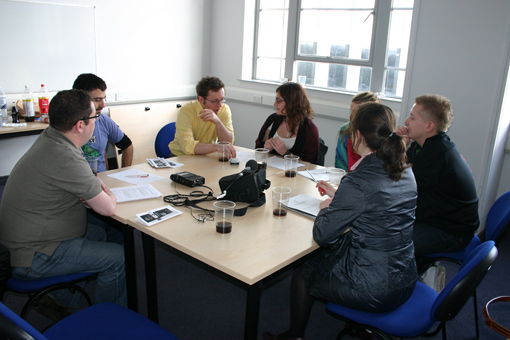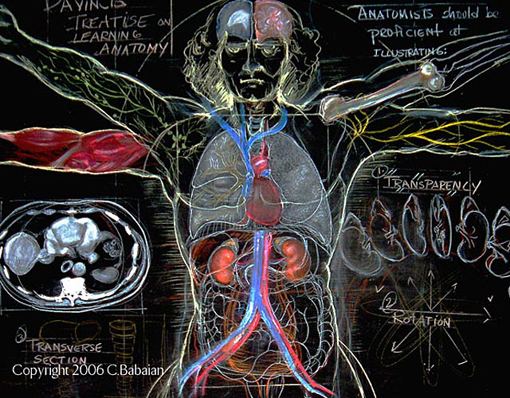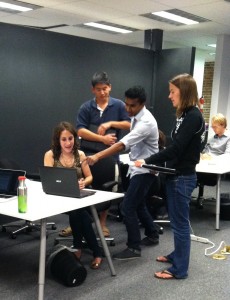Anatomy of a user feedback session

User feedback is an extremely beneficial but oft maligned part of the design process. After all, isn’t it more fun to just build now and ask for input later? Well, maybe. But skip it in the beginning and middle and what you’re left with in the end is a missed opportunity to uncover whether or not you’re solving the right problem, how you can fine-tune design and uncover mistakes that become very costly later.
Depending upon where you are in the process, there are a lot of ways to get feedback. Starting from the beginning, working toward the end, some of these processes include: scenarios, storyboards, walkthroughs, card sorting, task analysis, paper prototypes, a/b testing and beta testing. Ready to take the plunge? Susan Dybbs, our Cooperista with the mostest, blazed a trail through our FAQs below.
How am I ever going to find all those users?!
Relax! You only really need about 4-6 participants for each user type you’d like to test. You will quickly see different trends, what works best and what might need some tweaking.
Hey Grandpa! What do you think about this great fashion app?
The most important thing about getting user feedback? Making sure you have the right users giving it to you. Screen the participants before you choose them. Start by finding someone with the right demographic and psychographic attributes for your target base (e.g., familiar with technology, frequent doctor visits, age, hobbies, etc) and go from there.
The anatomy of a user feedback session
Okay, so now that you have well-chosen participants, you’re ready to conduct your session. Here are some tips to make sure you’re running things the right way.
- Set expectations – You just want opinions, and there are no right or wrong answers.
- Confirm screening facts and demographics – Confirm the screener information.
- Walk through the tasks – Ask them to think out loud, and try not to guide them too much!
- Ask questions – Draw out information without leading or priming them. (I love elephants! Okay, now think of an animal. What animal are you thinking of? – Not going to illicit a helpful response)
- Exit interview– Great way to uncover more qualitative information. (What are three words you would use to describe this to a friend?)
After going through these steps, our teams worked together to create and test a protocol to see if they could get the user feedback that they needed. Think you can do it?

